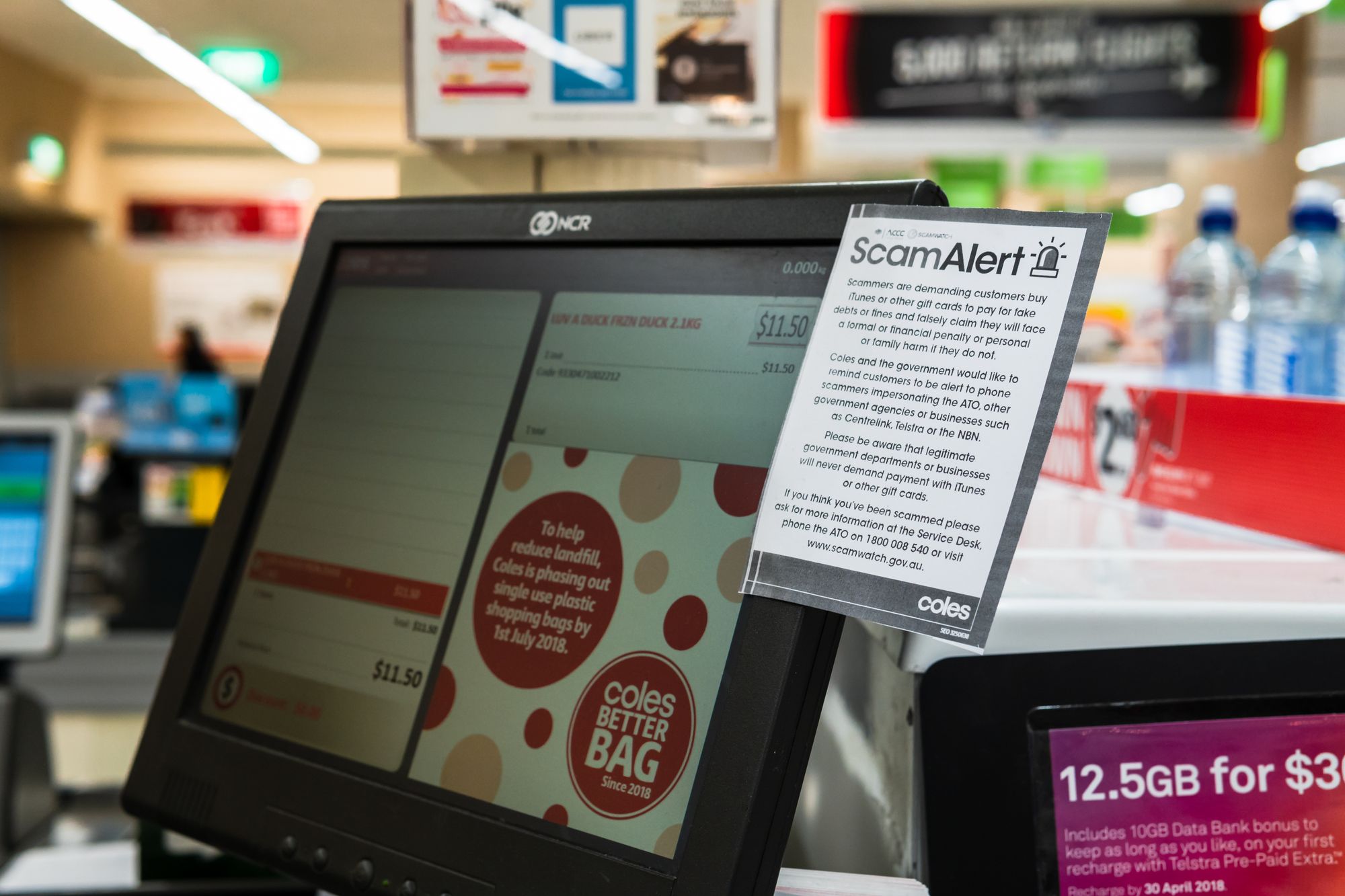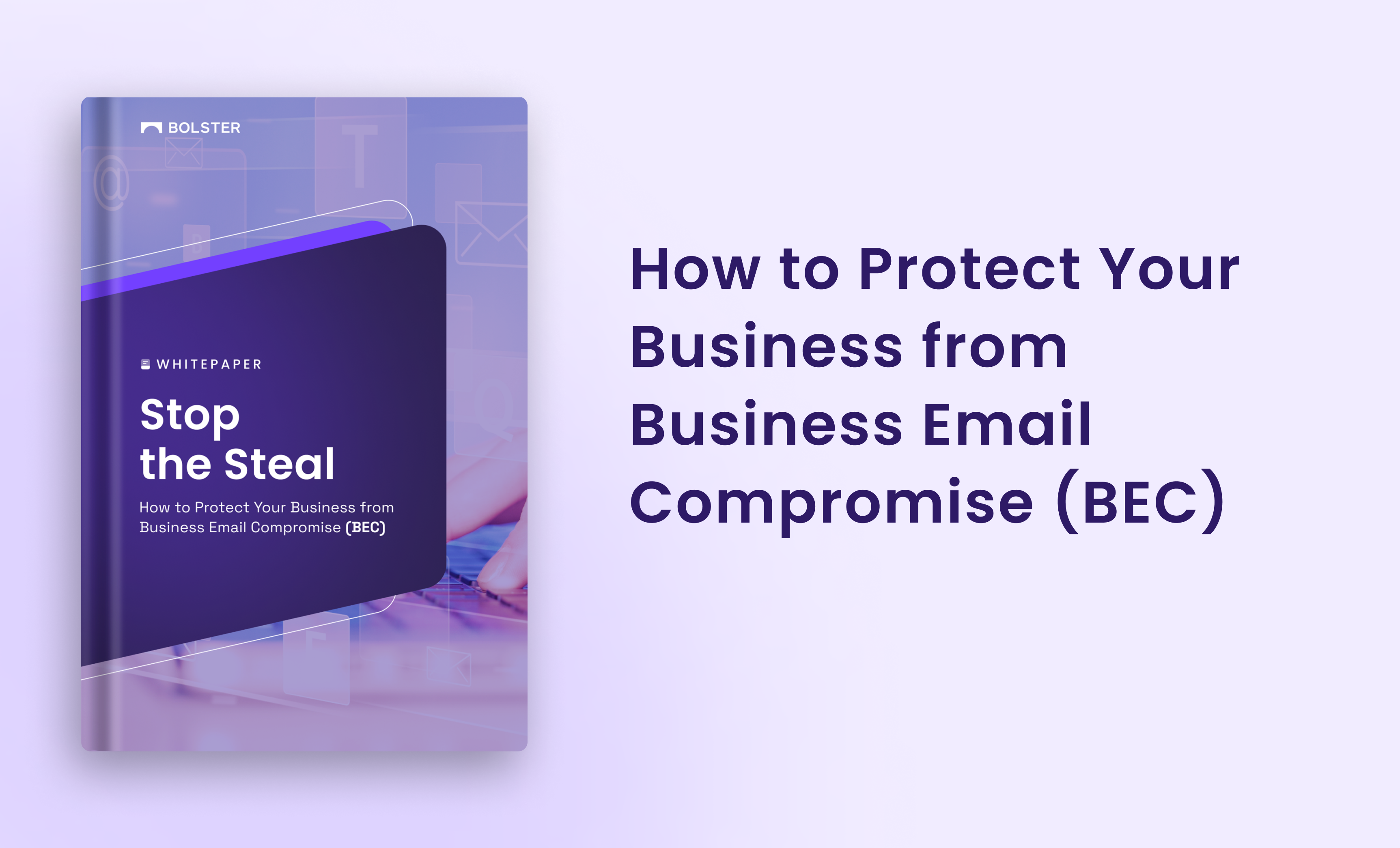Every year, Bolster research labs not only finds a spike in online shopping activity during the holidays but also a surge in fraud and scams. This is one of the toughest times for online brands because a large portion of their yearly revenue relies on maintaining business continuity during this season. Because consumers are shopping more frequently and with greater urgency, malicious actors will take advantage of the uptick in online business to try to trick unsuspecting victims into various types of scams ranging from counterfeits to credential harvesting.
In 2021, over 75% of US adults were the target of holiday scams resulting in the loss of millions for online brands. To understand this problem more, Bolster research labs analyzes over 4 million records a day and put together insights on how online brands can protect themselves during this holiday season.
Analyzing Millions of Records Across the Internet
Bolster analyzes over 4 million records daily across the entire internet and puts together an end-of-year research on the traffic patterns and activities of malicious actors. In 2021, Bolster has found that there is a 23.5% increase in phishing and scam sites and a 21.7% increase in suspicious domain registrations in the months of November and December as opposed to every other month of the year. Going into the 2022 holiday season, Bolster is already seeing an uptick this month (November) on unique phishing and scam sites as well as suspicious domain registrations. We expect 2022 to follow a similar trend to 2021 in regards to the increase in fraudulent activities.

The Most Common Online Holiday Scams
In 2021, revenue from the holiday season generated over $211 billion dollars and is expected to increase in 2022 to over $224 billion. Online brands should not only benefit from the surge in activity but also watch out for the most common types of scams leveraged during this season. From Bolster’s research, the topmost leveraged holiday scams for 2021 were:
- Online Gift Cards
- Fake Online Stores/Counterfeit Products
- Fake Shipment Notifications
A large reason why online gift cards came out on top as the top most leveraged form of scams by attackers is that 66% of US adults bought some form of a gift card in 2021. Gift cards are essentially an easy way to gain digital currently because they are difficult to trace and require low amount of effort when tricking consumers.
The Most Leveraged Forms of Scam Distribution
Online shoppers are moving away from the traditional online storefront and looking at different digital mediums as a place to discover new products and brands. As a result, attackers now are leveraging a more diverse form of distribution to get in front of unsuspecting shoppers. From our analysis from the past year, Bolster research labs has found that the following are the most common form of scam distribution online leveraged by attackers:
· Google & other search engine ads
· Emails & SMS
· Social media including: Facebook/ Facebook Ads, Instagram, Twitter, TikTok, YouTube

5 Strategies for Protecting Customers This Holiday Season
To promote a healthy holiday shopping season where scammers will not cut into your profits, it is essential to protect your customers from falling prey to online fraud. Here are the top 5 strategies for protecting your customers this holiday season:
1. Regularly monitor Google (& other search engines) ads (& results) for brand-related keywords
Create a list of keywords that are pertinent to your brand and then monitor those keywords across the most commonly used search engines for fake ads and domains spoofing your brand and content.
2. Regularly monitor for fake social media accounts
Scammers will create fake accounts impersonating your brand to try to get customers to buy counterfeits or give up personal information. Make sure you monitor popular social media platforms such as Facebook, Tik Tok, and Youtube to ensure that attackers are not spoofing your brand.
3. Look out for fake accounts of Executives offering gift cards and giveaways
Beyond your logo and IP, scammers will also impersonate key executives at your organization to try to target customers. Recently, Bolster research has also seen an uptick in giveaways that try to steal customer information resulting in loss of customer money, trust, and loyalty to your brand.
4. Look out for modified apps offering fake shopping discounts
With the economy in a volatile state going into 2023, consumers will be more cost conscious this holiday season. Ensure that you are monitoring app stores that might have a spoof app pretending to incentive customers with discounts.
5. Work with an automated detection and takedown vendor
Fake content and sites across web, social, and app stores can be detected and taken down by a digital risk protection vendor. Look for a vendor that leverages computer vision and machine learning to quickly and accurately detect threats to your brand and work with the appropriate technology platforms to take down the holiday scams.
Take Down Holiday Scams Today
It’s important to promote business continuity during the holiday season and taking down fraud and scams is essential to that goal. Bolster is here to help with ensuring that your holiday season revenue is optimized by giving you protection against online scams.
Bolster offers a robust automated digital risk protection that uses advanced AI to detect and neutralize threats without coding or manual intervention across all the channels your online business interfaces with customers. The AI-powered detection engine continually scans web, social, and app stores to identify threats to your brand with a false positive rate of just 1 in 100,000. Any malicious or suspicious activity is reported and taken down within minutes.
Request a demo today to learn more about Bolster and how it can keep your online brand and your customers from scammers this holiday season.









